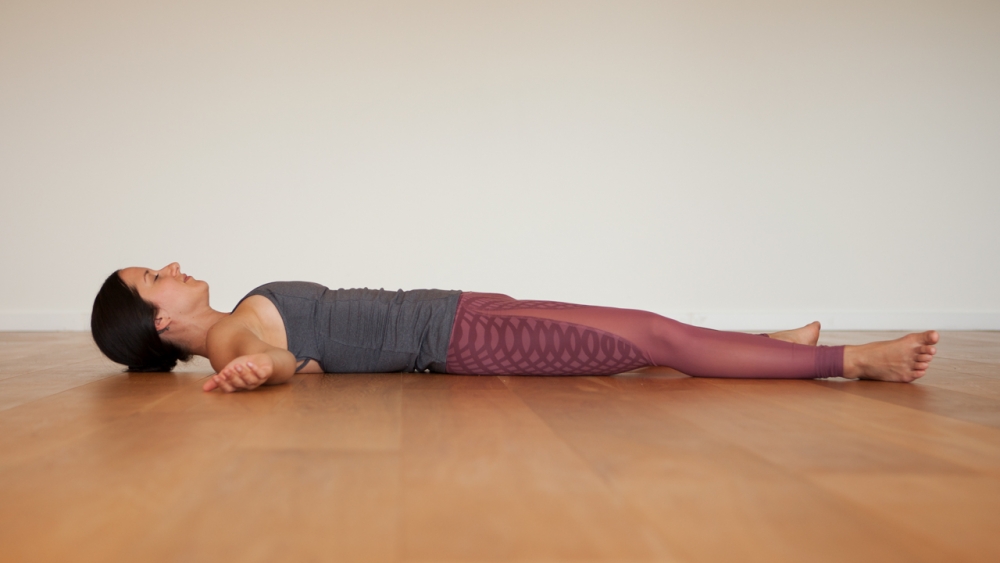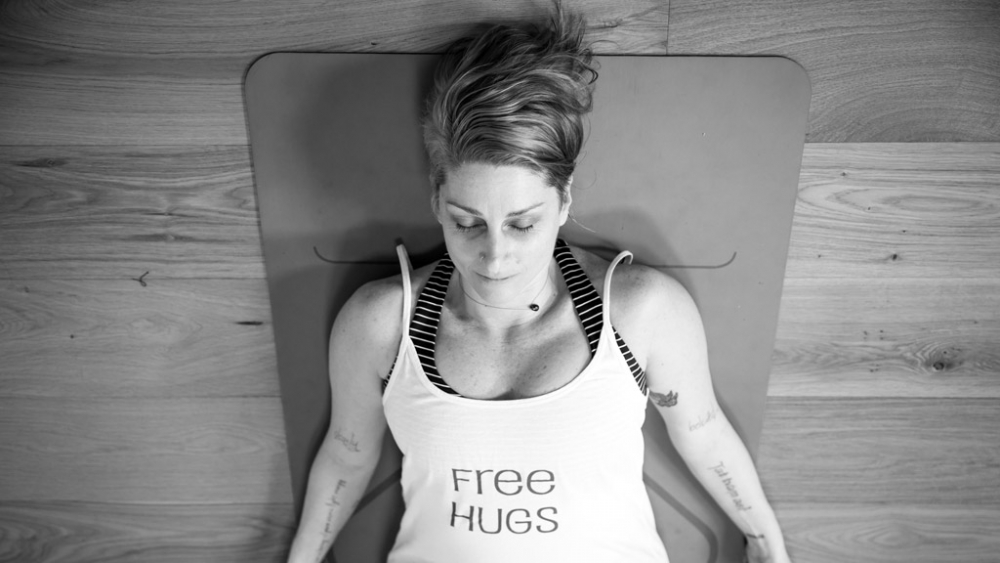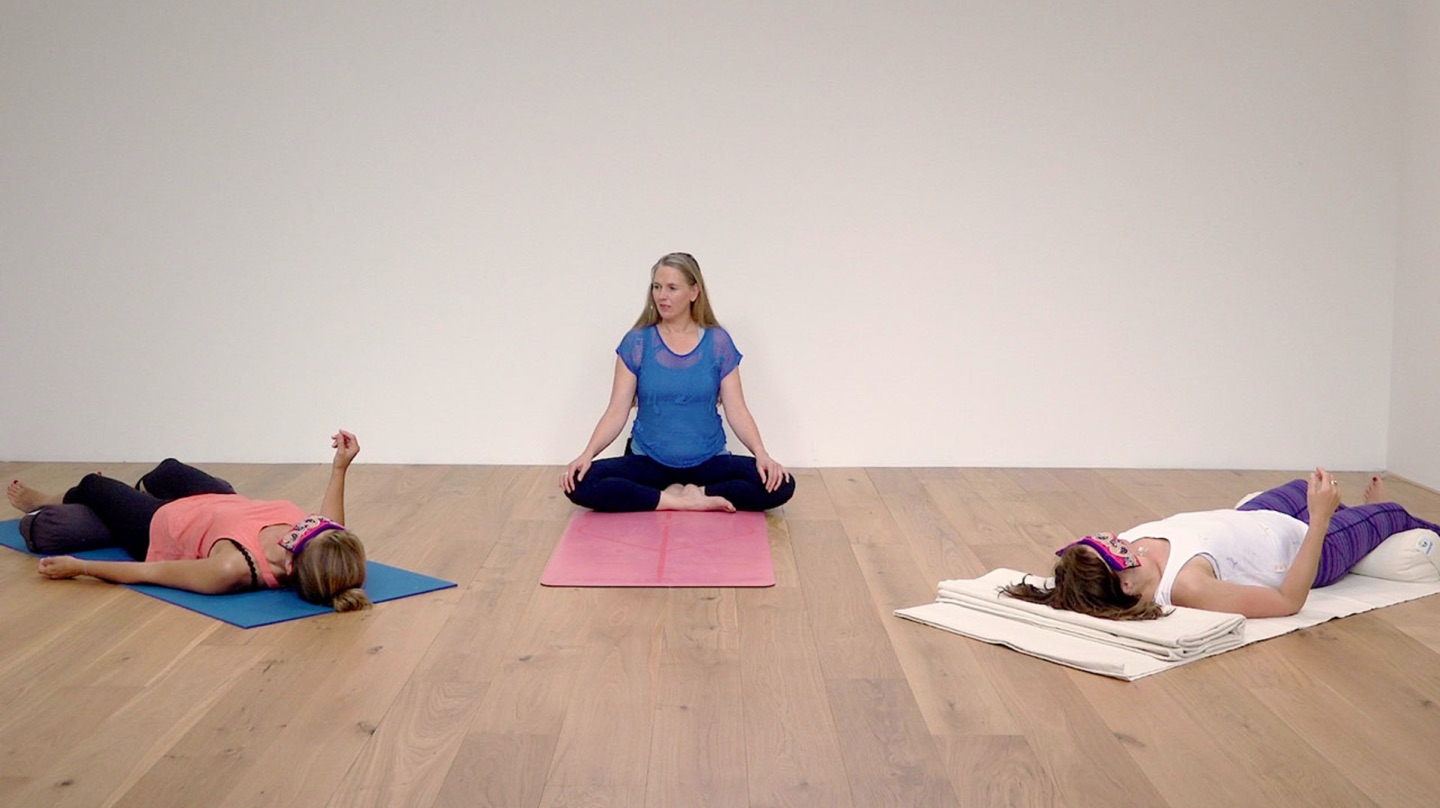by Dawn Meredith-Davies
Rest, repose, reward
For me, Savasana is really the main reason why I do yoga; in order to have a moment of heaven-sent letting go! Doing nothing and having nothing to do…
But maybe it’s not like that for you? Maybe ‘doing nothing’ is a challenge in itself and you’d prefer to skip Savasana altogether and get back on with ‘real life’? If you find the idea of having nothing ‘structured’ to do stressful, rather than restful and need something to ponder when you’re in Savasana, it’s worth considering this:
Relaxation provides the time not only for the body to assimilate all of the work and shift that has taken place on the mat, but also for it to register its new freedoms and potential for movement. It is during rest, during the reposeful moments of Savasana, that we actually gain our strength.
It is during rest, during the reposeful moments of Savasana, that we actually gain our strength.
I also think it’s imperative to have a reward at the end of working hard – no matter what that ‘hard work’ is. It’s the positive cycle of acknowledgement to and for ourselves.
The benefits of simply lying down
I believe that ‘lying down’ is really one of the best things that you can do for your body – and not just at the end of a yoga practice; at any time of the day.
Lying down will realign you, allowing your entire spine to lengthen and your back muscles to sink into the floor as you let everything soften and melt. But this might not be the first thing that happens.
You might find that your breathing quietens, and then starts to deepen into the belly. You may want to sigh once or twice, as you spend a few moments watching what your breath wants to do. Lying flat will ‘open up’ your chest and allow space and expansion, allowing (not forcing) your breathing to change.
Then you might find that the contents of your stomach want to move around. Settling, shifting and moving things on through the digestive process.
You may also sense how one side of your body feels ‘different’ to the other. Even just ever so slightly – we are all full of asymmetries after all. Acknowledging it is enough. Focus your attention on that area, and if you keep doing it, it will change. It will soften and let go.
Breath, digestion and posture … lying down in relaxation can help you to realign and recalibrate in so many ways.

Relaxing, releasing and pain relieving
But one of the most powerful results from Savasana is the effect of relaxation on our meridians around our head.
When we get a headache, for example, we’re often compelled to rub our temples, to alleviate the pressure here. Or maybe it’s the tension at the back of the head which talks to you and tells you that it’s contributing to the pain…which it probably is! Our instincts almost always take us to the places which need some attention.
We are often drawn to key points – acupressure points. All over the face and head there is a criss-cross effect of meridian lines, reflected points and reflex points (as well as in other parts of the body, such as the hands and feet, as discussed previously).
There are neurovascular reflected points as well as stretch reflex points, but the line that really takes my interest is the temporo-sphenoidal line (TSL*). This follows along the sutures of these regions of the skull (the temporal, the sphenoid as well as the parietal bones) and points along this line are associated with individual vertebrae. They can be exquisitely tender and they’ll show an imbalance at a particular spinal level. All of this highlights even more of our body’s interconnected nature! The spine is responsible for so many connections to our internal organs – neural as well as vascular connections – so when the spine is out of kilter, the organs will be affected, and vice versa!
*thanks to John R. Cross for introducing this to me.
The effect of lying down in Savasana is therefore doubly beneficial – deep, active and deliberate relaxation of the body and mind after practice (particularly a hard, physical one) literally allows the tension to drain from our head and our face. In addition, it allows the spine musculature to relax, which in turn releases tension along the reflected spine points of the temporo-sphenoidal line – facilitating the realignment of the spine in the process. This, not only eases your headache, for example, but also encourages positive function of your internal systems.
So if you’re tempted to skip Savasana, perhaps pause and take a moment to reflect – those few minutes of “doing nothing” may just be the most beneficial of your entire day.
If you’re tempted to skip Savasana, perhaps pause and take a moment to reflect – those few minutes of “doing nothing” may just be the most beneficial of your entire day.
Yoga from top to bottom
To recap, in my series of articles I’ve looked at yoga from top to bottom, inside and out, to ascertain some of the less documented effects of combining yoga with the understanding of the physical body from a holistic physiotherapy perspective. I firmly believe that this subtly powerful combination will help us to create and maintain better all round, long-term health.
Practise in class
Self-care Savasana with Lisa Petersen: The ability to self-soothe and calm our own nervous system is one of the hallmarks of the mature yogi. Experience this simple technique and add an important skill to your repertoire.


